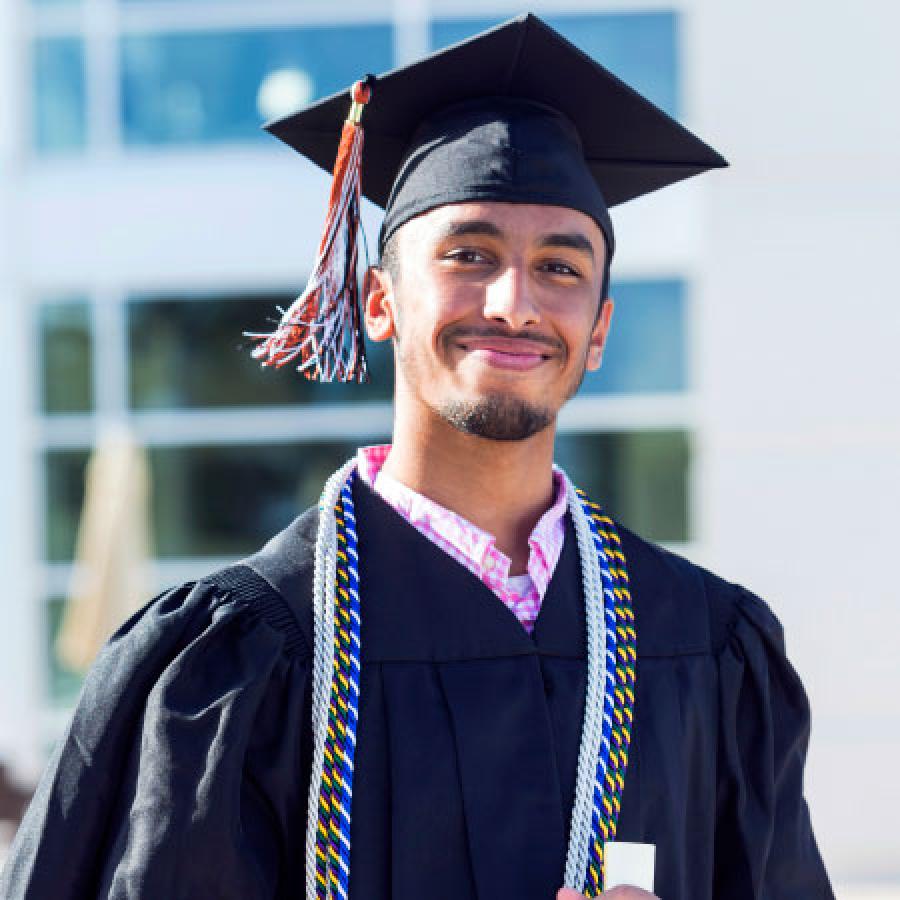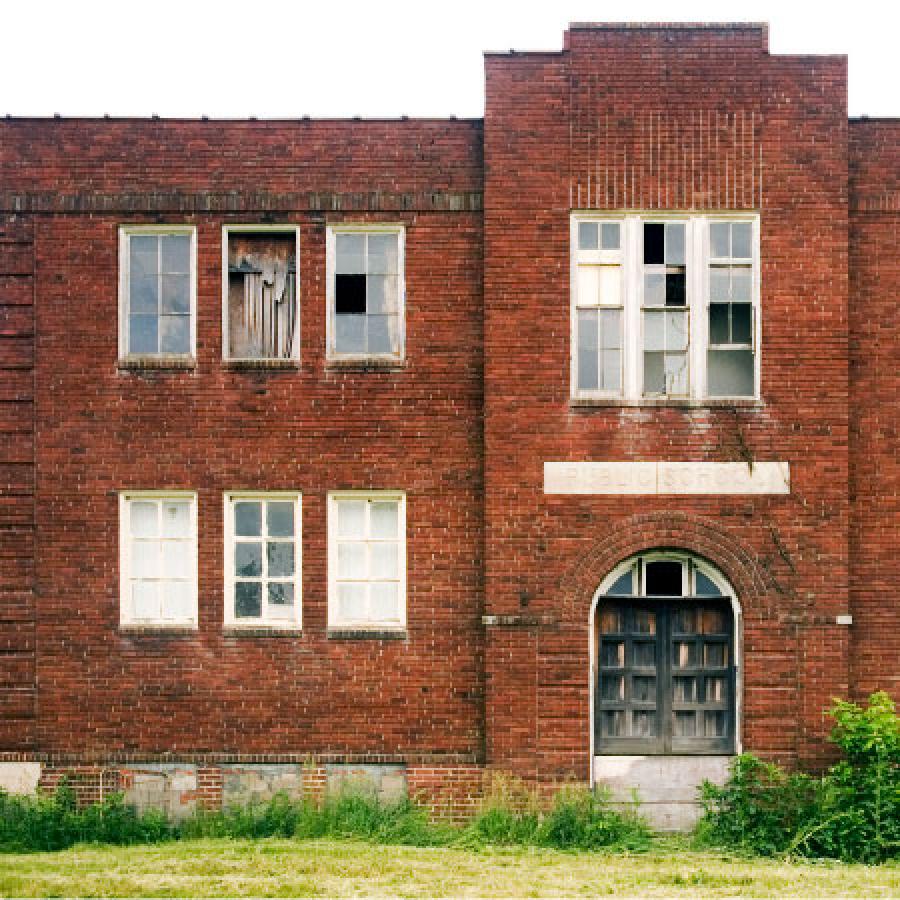Racial generation gap: Investing in youth of color matters for our collective future.
Insights & Analyses
- The racial generation gap has grown from 14 percentage points in 1980 to 27 percentage points in 2022.
- Arizona, Nevada, and New Mexico have the largest racial generation gaps while West Virginia, Vermont, and Maine, have the smallest gaps.
- While Minnesota has an above average racial generation gap, ranking 17 out of 51 (50 states plus Washington, D.C.), two of the state’s cities rank high among the largest cities in the US: St. Paul, MN ranks 1 out of 100 and Minneapolis ranks 7 out of 100.
Drivers of Inequity
The US population is increasingly made up of people of color and immigrants, particularly among younger generations. At the same time, the white population is rapidly aging as baby boomers retire, and white people make up a smaller share of the youth population. These twin forces are widening the racial gap between the nation’s youngest and oldest people. The growing senior population that has aged out of the workforce is beginning to create additional societal costs in health care and Social Security, and funding for these benefits will derive from taxes generated by today’s workers. This aging white population will rely on an increasingly diverse workforce of healthcare practitioners and caretakers. The racial generation gap also aligns with existing political divides across age and racial groups, which could worsen social tensions across generations as well.
Strategies
Grow an equitable economy: Policies to bridge the racial generation gap
- Implement policies and investments such as equitable school funding, universal pre-K (also known as universal preschool), expanded free college programs that cover living expenses in addition to tuition costs, and cradle-to-career support systems to ensure low-income children of color can access the education and supports they need to succeed.
- Strengthen the elder care sector by securing living wages, benefits, and adequate training and standards for care workers through worker organizing, innovative business models, and policy changes.
- Promote intergenerational programming and plan for intergenerational communities that allow seniors to age in place while providing safe and healthy environments for families to raise children.
- Build intergenerational alliances, coalitions, and campaigns to advance policy changes for the benefit of the young, the old, and the "sandwich generation" caring for children and parents.
- At the federal level, lower and/or eliminate tuition for higher education, eliminate current student loan debt for all, enact free healthcare for all, expand the National Family Caregiver Support Program to provide all caregivers with adequate support, and require all employers to offer paid family leave.
Strategy in Action
SkillSpring helps New York City youth pursue careers in geriatric health care. Run by The New Jewish Home healthcare system, this program annually helps 225 New York City youth from under-resourced schools in the Bronx and Manhattan pursue careers in health care. The program trains high school students to become health-care professionals with a focus on serving older adults. As part of the program, youth work directly with older adults in long-term care through paid internships, mentorship, and clinical training. Youth can earn up to five allied health-care certifications, so they can immediately find work and earn income while in college. Ninety-nine percent of the students in the program graduate high school, and five in six participants have gone on to earn a postsecondary degree. Learn more.
Resources
- Reports: Bridging the Racial Generation Gap is Key to America’s Economic Future; New Census Reflects Growing U.S. Population Diversity, with Children in the Forefront; White and youth population losses contributed most to the nation’s growth slowdown, new census data reveals; Intergenerational Programming in Senior Housing: From Promise to Practice
- Data: Mapping America's Futures
- Toolkits: Creating An Age-Advantaged Community: A Toolkit for Building Intergenerational Communities that Recognize, Engage, and Support All Ages


